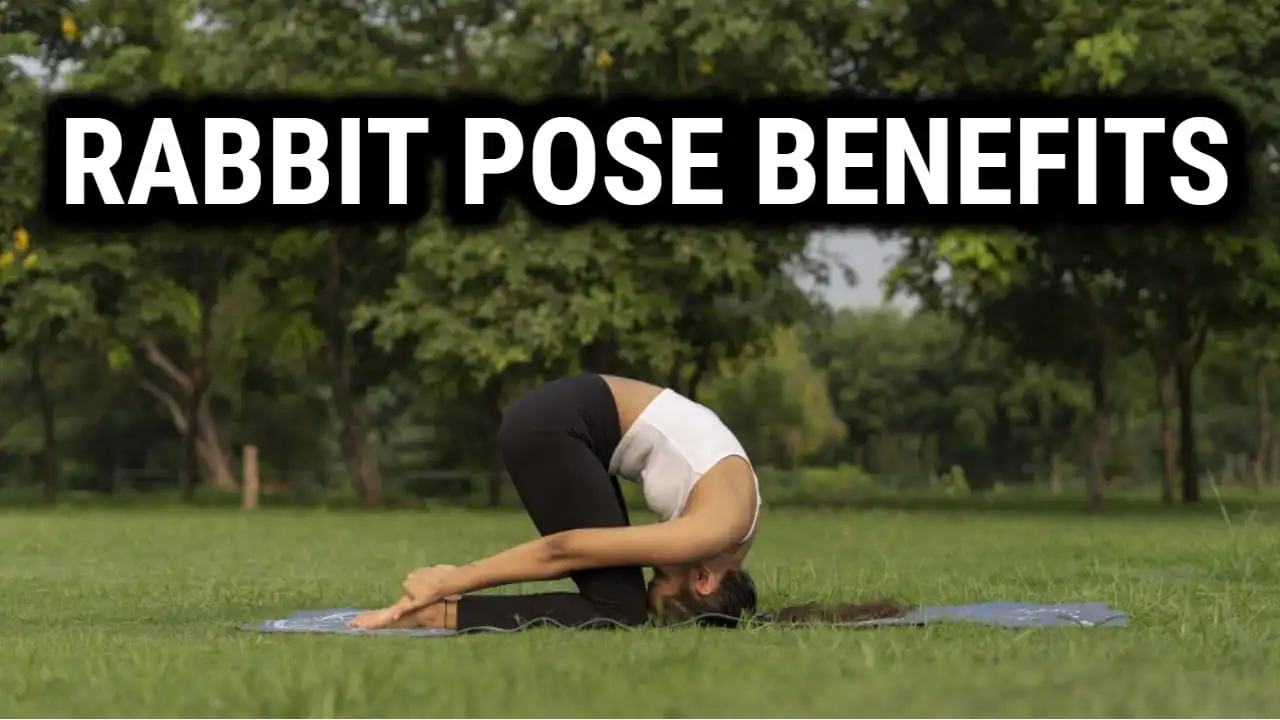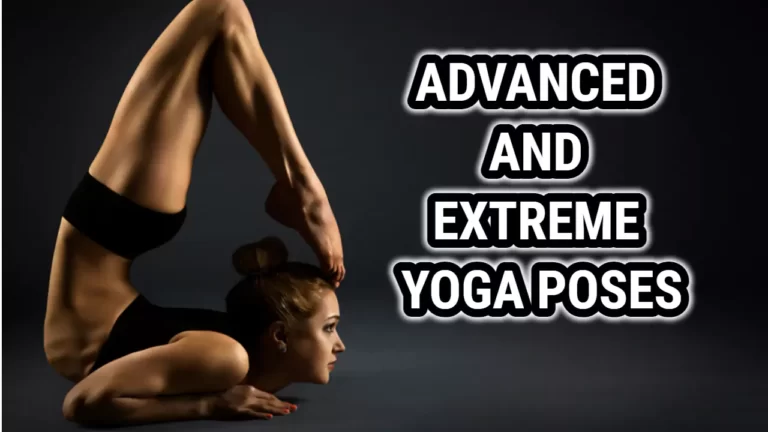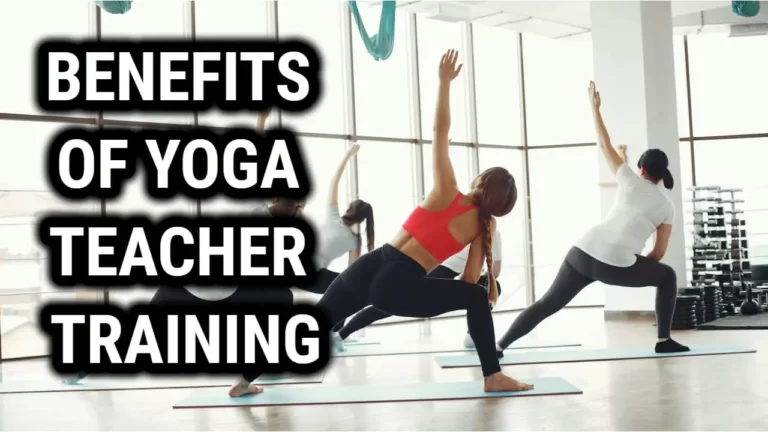Rabbit Pose (Sasangasana) Benefits: The Best Yoga Pose for Neck and Back Flexibility

Rabbit pose, also known as Sasangasana in Sanskrit, is a popular pose in yoga practice that is known for its many physical and mental benefits.
In this article, we will explore the benefits of rabbit pose in more detail, as well as provide step-by-step instructions for proper alignment and technique. We will also discuss some modifications and variations for different levels of ability, as well as some precautions and considerations to keep in mind when practicing rabbit pose.
By the end of this article, you will have a better understanding of the benefits of rabbit pose and how it can be incorporated into a regular yoga practice.
How To Do Rabbit Pose
Proper Alignment and Technique
- Begin in a kneeling position with the knees hip-width distance apart and the tops of the feet flat on the mat.
- Place the hands on the lower back, fingers pointing down towards the tailbone.
- On an inhale, lift the hips up and back towards the heels.
- On an exhale, bring the crown of the head towards the floor and tuck the chin towards the chest.
- Hold the pose for several breaths, focusing on deep, controlled breathing.
- To release the pose, bring the hands to the tops of the feet and gently press down to lift the hips back up.
Modifications and Variations for different levels of ability
- If it is difficult to reach the crown of the head to the floor, try using a block or rolled up blanket under the forehead for support.
- For a deeper stretch, try walking the hands further down the back towards the heels.
- If it is difficult to maintain balance in the pose, try placing the hands on the hips for stability.
- For a more restorative variation, try placing a bolster or rolled up blanket under the hips for support.
Tips for maintaining proper alignment and technique
- Keep the feet hip-width distance apart and the tops of the feet flat on the mat to maintain balance and stability.
- Keep the arms straight and the hands pressing down into the lower back to help lift the chest and hips.
- Keep the chin tucked towards the chest and the crown of the head pressing towards the floor to maintain the proper alignment of the neck.
- Focus on deep, controlled breathing to help relax the body and mind in the pose.
Benefits of Rabbit Pose
Improves flexibility in the spine and neck
One of the primary benefits of rabbit pose is that it helps to improve flexibility in the spine and neck. The pose involves a deep forward bend that stretches the entire length of the spine, as well as the neck and shoulders. This can help to release tension and stiffness in these areas, and can also help to improve posture.
Strengthens the muscles in the back, arms, and legs
Rabbit pose also helps to strengthen the muscles in the back, arms, and legs. The pose requires the use of core and arm strength to hold the body in position, which can help to build strength in these areas over time.
Calms the mind and promotes relaxation
One of the lesser known benefits of rabbit pose is that it can help to calm the mind and promote relaxation. The deep forward bend of the pose can help to release tension and stress from the body and mind, making it a great pose to practice at the end of a yoga session or before bedtime.
Helps to alleviate stress and anxiety
Rabbit pose can also help to alleviate stress and anxiety. The deep breathing techniques used in the pose can help to activate the parasympathetic nervous system, which is responsible for the “rest and digest” response in the body. This can help to reduce the negative effects of stress and anxiety on the body and mind.
Additional Benefits of Rabbit Pose
Improves digestion and helps to relieve constipation
Rabbit pose can help to stimulate and improve digestion, and may also help to relieve constipation. The deep forward bend of the pose helps to massage the digestive organs and stimulate the digestive system, which can help to improve the elimination process.
Helps to reduce headaches and sinus congestion
Rabbit pose can also help to reduce headaches and sinus congestion. The deep forward bend of the pose helps to increase blood flow to the head and brain, which can help to alleviate headaches and sinus congestion.
Increases blood flow to the head and brain, leading to improved concentration and memory
The increased blood flow to the head and brain that results from practicing rabbit pose may also lead to improved concentration and memory. The deep breathing techniques used in the pose can also help to oxygenate the brain and improve cognitive function.
Helps to reduce fatigue and increase energy levels
Rabbit pose can also help to reduce fatigue and increase energy levels. The deep forward bend of the pose helps to release tension and stress from the body and mind, which can help to reduce fatigue. The increased blood flow to the head and brain that results from the pose can also help to increase energy levels.
Precautions and Considerations
Consult with a healthcare provider before starting a new yoga practice
It is always a good idea to consult with a healthcare provider before starting a new yoga practice, especially if you have any pre-existing medical conditions or injuries. Your healthcare provider can help to advise you on which poses may be appropriate for your specific needs and limitations.
Listen to your body and respect your limitations
It is important to listen to your body and respect your limitations when practicing yoga, including when attempting rabbit pose. If a pose feels uncomfortable or painful, stop immediately and try a modification or variation instead. It is better to take it slow and steady and gradually build up your strength and flexibility over time.
Use props and modifications as needed
Props and modifications can be a great way to make a pose more accessible and comfortable, especially if you are just starting out with yoga or have any physical limitations. Don’t be afraid to use props such as blocks, blankets, or straps to help you find proper alignment and support in rabbit pose.
Related: The Different Types Of Yoga And Their Benefits
Tips for Integrating Rabbit Pose into a Practice
Incorporate rabbit pose for maximum relaxation benefits
Rabbit pose is a great pose to incorporate into a restorative or Yin yoga practice, as it can help to promote relaxation and calm the mind. These styles of yoga involve holding poses for longer periods of time, allowing the body and mind to fully relax and release tension.
Practice rabbit pose at the end of a yoga session to wind down and prepare for relaxation or sleep
Rabbit pose is also a great pose to practice at the end of a yoga session to wind down and prepare for relaxation or sleep. The deep forward bend of the pose helps to release tension and stress from the body and mind, making it a great way to end a practice on a calm and peaceful note.
Hold rabbit pose for several minutes to allow the body and mind to fully relax
Holding rabbit pose for several minutes can help to allow the body and mind to fully relax and release tension. Try to focus on deep, controlled breathing and let go of any distractions or thoughts that may be running through your mind.
Experiment with different variations and modifications to find what works best for your body
Everyone’s body is different, and what works for one person may not work for another. It is important to experiment with different variations and modifications to find what works best for your body and your specific needs and limitations. Don’t be afraid to use props such as blocks or blankets to help you find proper alignment and support in rabbit pose.
FAQ
Q: Is rabbit pose suitable for beginners?
A: Rabbit pose can be suitable for beginners, but it is important to listen to your body and respect your limitations.As with any exercise, it is important to start slowly and gradually build up your strength and flexibility over time.
Q: How often should I practice rabbit pose?
A: You can practice this daily, there is no set rule for how often you should practice rabbit pose, as it will depend on your individual goals and needs.
Q: Can rabbit pose be modified or adapted for different levels of ability?
A: Yes, rabbit pose can be modified or adapted for different levels of ability. Some possible modifications or variations include using a block or rolled up blanket under the forehead for support, walking the hands further down the back towards the heels for a deeper stretch, placing the hands on the hips for stability, or using a bolster or rolled up blanket under the hips for a more restorative variation. It is important to experiment with different variations and modifications to find what works best for your body and your specific needs and limitations.
Also Read: Benefits Of The Bow Pose (Dhanurasana)
Conclusion
In conclusion, the rabbit pose is a powerful yoga pose that offers numerous benefits. The pose helps to improve flexibility in the spine and neck, strengthen the muscles in the back, arms, and legs, calm the mind and promote relaxation, and alleviate stress and anxiety. By adding rabbit pose into a regular yoga practice, you can experience these benefits for yourself and take your practice to the next level.






